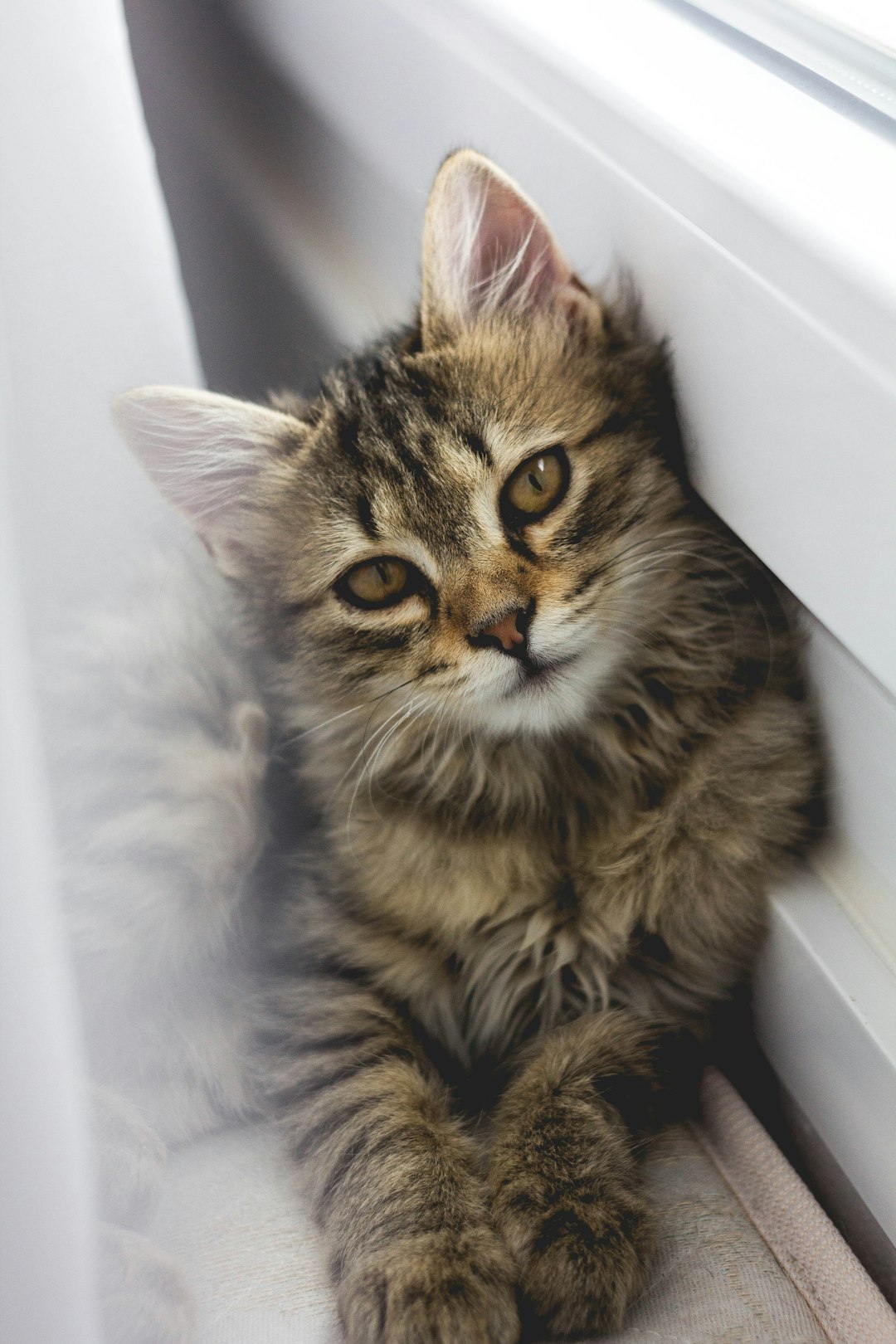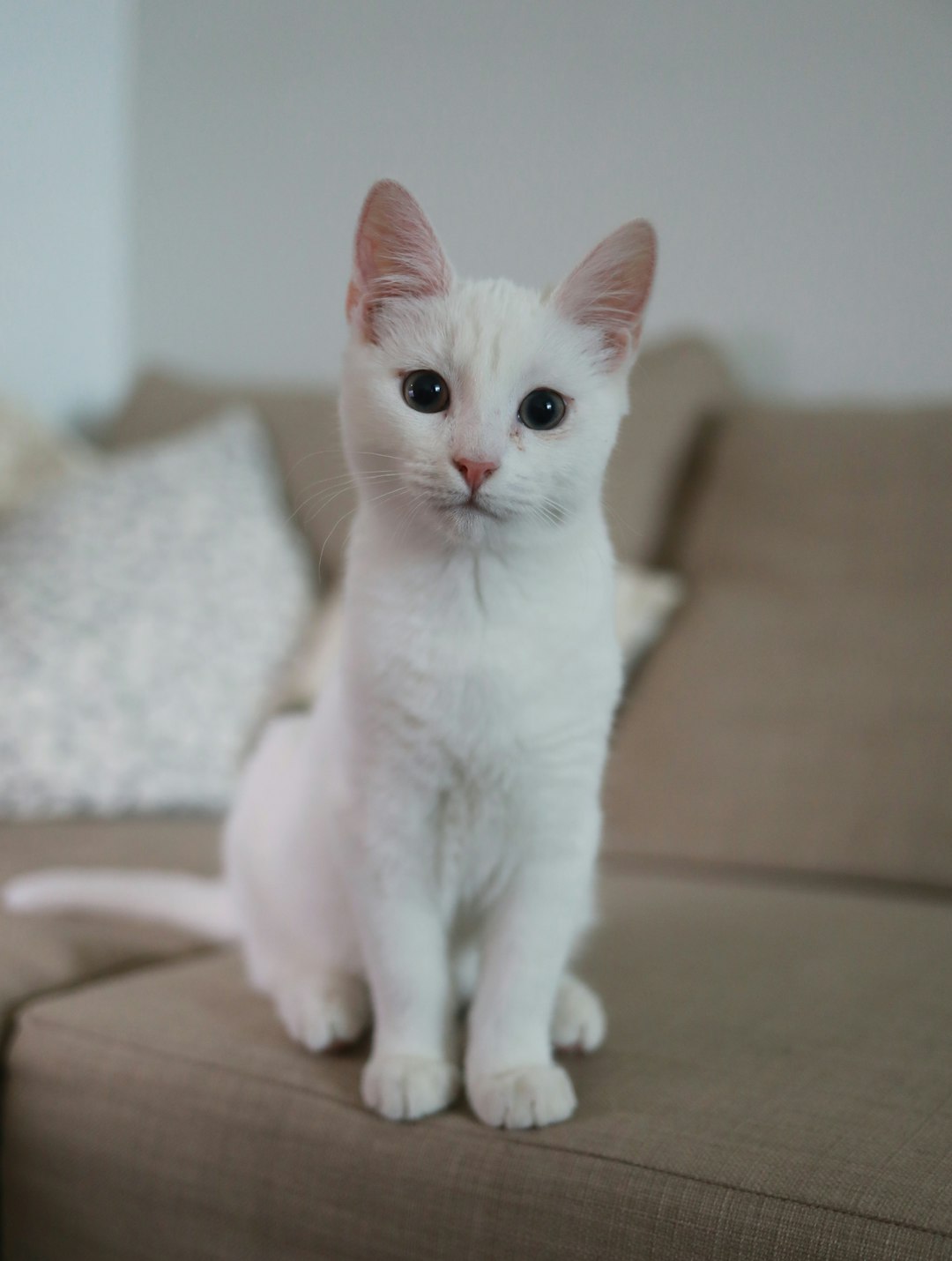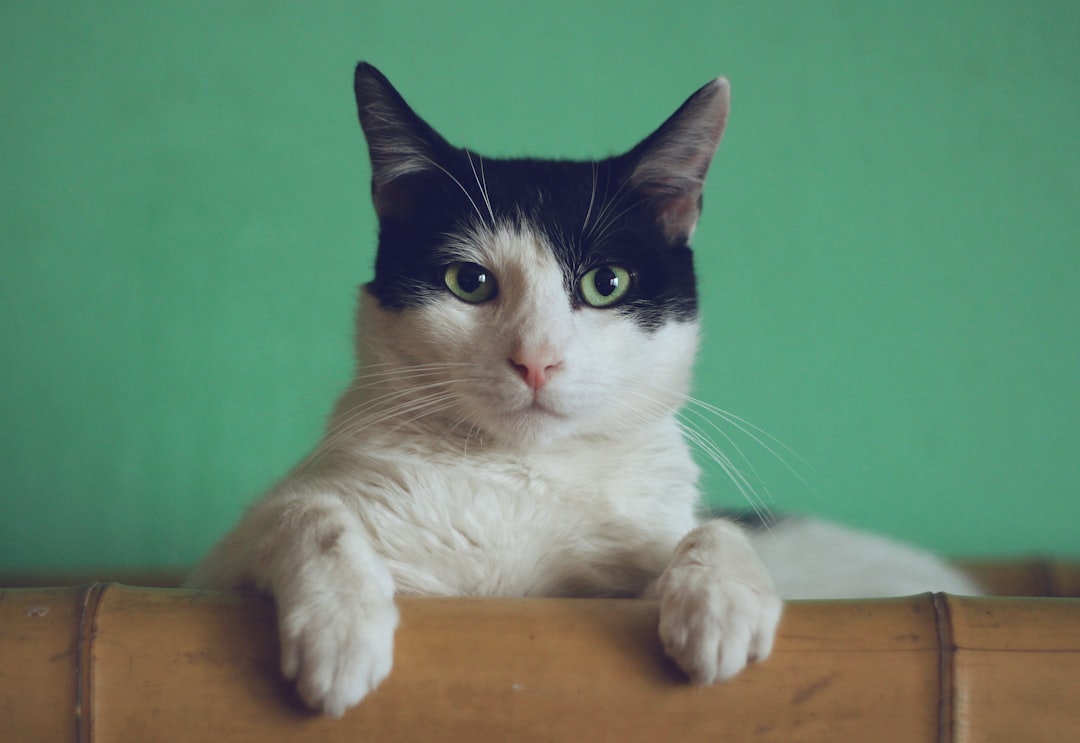When it comes to providing effective pain relief for felines, veterinarians often turn to Onsior for cats. This non-steroidal anti-inflammatory drug (NSAID) offers significant benefits in managing pain and inflammation caused by various conditions. Understanding how Onsior works in a cat’s body is crucial for both pet owners and veterinary professionals. While the advantages are clear, potential side effects and associated risks also warrant careful consideration. In this post, we will explore the uses, benefits, and risks of Onsior, ensuring that you have a comprehensive understanding of this important medication for your beloved pet.
Understanding Onsior for Cats
Onsior for cats is a prescription medication primarily used to manage pain and inflammation. It contains the active ingredient robenacoxib, which belongs to a class of drugs known as non-steroidal anti-inflammatory drugs (NSAIDs). Here’s a closer look at what makes Onsior a valuable option for feline patients:
- Purpose: Onsior for cats targets acute pain, commonly following surgeries or injuries, offering relief to help your cat recover comfortably.
- How it works: By inhibiting specific enzymes (COX-1 and COX-2), Onsior reduces the production of prostaglandins, which are responsible for pain and inflammation in the body.
- Available forms: Onsior comes in easy-to-administer tablets or injectable solutions, which can simplify the treatment process for cat owners and veterinarians alike.
Ultimately, understanding how Onsior for cats operates can empower pet owners with knowledge about their feline friends’ pain management options, ensuring a smoother recovery process.

How Onsior Works in a Cat’s Body
Onsior for cats is a non-steroidal anti-inflammatory drug (NSAID) that effectively alleviates pain and inflammation. Understanding its mechanism can help pet owners appreciate its benefits and applications. Here’s how Onsior functions:
Inhibition of Enzymes: Onsior works by targeting and inhibiting cyclooxygenases (COX-1 and COX-2) in a cat’s body.
- COX-1: Responsible for protecting the stomach lining and kidney function.
- COX-2: Primarily involved in the inflammatory response.
Reduction of Prostaglandins: By blocking these enzymes, Onsior reduces the production of prostaglandins, which play a crucial role in causing pain and inflammation.
Quick Onset: The effectiveness of Onsior for cats manifests relatively quickly, usually within a few hours after administration, making it suitable for post-surgical recovery or acute pain management.
Dosing Flexibility: Available in easy-to-administer tablets, veterinarians can tailor the dosage to each cat’s specific needs, ensuring optimal relief.
In summary, Onsior for cats provides targeted pain relief by reducing inflammation and blocking pain signals, making it a valuable option for managing discomfort in feline patients.
Common Uses of Onsior in Veterinary Medicine
Onsior for cats is a non-steroidal anti-inflammatory drug (NSAID) commonly utilized in veterinary practices. It provides significant pain relief and anti-inflammatory effects, making it beneficial across several scenarios. Here are the primary uses of Onsior for cats:
Post-Surgical Pain Relief: After surgical procedures such as spaying or neutering, Onsior helps alleviate pain and enhances recovery.
Osteoarthritis Management: For older cats suffering from osteoarthritis, Onsior effectively reduces discomfort, allowing for improved mobility.
Post-Traumatic Care: Injuries resulting from accidents or falls can be painful. Onsior for cats aids in managing pain during the healing process.
Dental Procedures: Following dental surgeries, veterinarians often prescribe Onsior to manage pain and inflammation, promoting a quicker recovery.
Comparison of Uses
| Use Case | Description |
|---|---|
| Post-Surgical Pain | Reduces pain after operative procedures |
| Osteoarthritis | Manages chronic pain and inflammation |
| Post-Traumatic Care | Alleviates pain from injuries |
| Dental Procedures | Supports recovery after dental work |
In summary, Onsior for cats offers versatile uses in veterinary medicine, ensuring that your feline companion receives effective pain management when needed.
Benefits of Using Onsior for Pain Management
Onsior for cats is a non-steroidal anti-inflammatory drug (NSAID) that provides significant advantages in pain management. Here are some key benefits of using Onsior for your feline friend:
Effective Pain Relief: Onsior effectively reduces pain associated with surgeries, injuries, or chronic conditions, enhancing your cat’s quality of life.
Fast-Acting: This medication typically starts working within hours, allowing for quick relief from discomfort.
Long Duration: Onsior provides up to 24 hours of pain relief, which means fewer doses per day, making it convenient for both you and your pet.
Minimal Sedation: Unlike some pain relievers, Onsior does not cause excessive drowsiness, allowing your cat to remain active and playful.
Palatable Form: Onsior for cats comes in a tasty tablet form or as an injectable option, making it easier to administer, even to picky eaters.
Overall, using Onsior for pain management can significantly improve your cat’s comfort and well-being during recovery from various health issues.

Potential Side Effects of Onsior for Cats
While onsior for cats is an effective pain management option, it may come with potential side effects. Understanding these can help you monitor and ensure your cat’s well-being. Here’s a rundown of possible side effects:
- Gastrointestinal Issues: These can include nausea, vomiting, or diarrhea.
- Fatigue or Lethargy: Your cat may seem more tired or less active than usual.
- Loss of Appetite: Some cats may refuse food or water.
- Increased Thirst: You may notice your cat drinking more water than normal.
- Kidney or Liver Problems: In rare cases, long-term use may affect organ function.
It’s crucial to observe your cat after starting onsior for cats. If you notice any of these side effects, contact your veterinarian promptly. They can provide guidance and support, ensuring your feline companion remains comfortable and healthy. Remember, while most cats tolerate onsior well, being vigilant can make a significant difference in their recovery process.
Risks Associated with Onsior Use
While onsior for cats offers significant pain relief, use of this medication comes with potential risks. Understanding these risks is crucial for responsible pet ownership. Here are some key points to consider:
- Gastrointestinal Issues: Onsior may cause vomiting, diarrhea, or loss of appetite in some cats. Monitoring your cat’s reaction is essential.
- Kidney Concerns: Cats with pre-existing kidney conditions are at a higher risk. Onsior can exacerbate kidney problems, leading to serious consequences.
- Liver Function: Similar to kidneys, cats with liver issues may experience negative effects. Regular vet check-ups are recommended to ensure liver health.
- Allergic Reactions: Some cats may exhibit allergies to onsior for cats. Watch for symptoms like swelling or difficulty breathing and seek immediate veterinary care if noticed.
To mitigate these risks, always follow prescribed dosages and consult your veterinarian about your cat’s health history before starting onsior for cats. By being proactive, you can maximize benefits while minimizing potential complications.
Dosage Guidelines for Onsior in Cats
Administering the correct dosage of onsior for cats is crucial for ensuring both efficacy and safety. Here’s a concise guide to help you manage the dosages effectively:
- Standard Dosage: Typically, the recommended dose is 1 mg per kilogram of the cat’s body weight, given once daily.
- Administration Method: Onsior comes in tablet form, which you can administer orally. Ensure your cat swallows the tablet or consult a veterinarian for alternative methods.
- Duration of Use: Most vets prescribe onsior for cats following surgery or injury, usually for a short-term period (up to 3 days) post-operation. Adjust usage only on your vet’s recommendation.
- Weight Consideration: Always weigh your cat to ensure accurate dosing, as overdosage may lead to severe side effects.
| Cat Weight (kg) | Dosage (mg) | Tablets Required (1 mg each) |
|---|---|---|
| 2 | 2 | 2 |
| 4 | 4 | 4 |
| 6 | 6 | 6 |
Always consult your veterinarian for personalized recommendations regarding onsior for cats, especially if you have concerns about dosage adjustments based on your cat’s health condition.

Alternatives to Onsior for Pain Relief
When considering options for managing pain in cats, it’s essential to explore alternatives to onsior for cats. Although onsior is effective, various other treatments may suit different needs. Here are some notable alternatives:
Gabapentin
- Usage: Often prescribed for neuropathic pain and anxiety.
- Benefits: Safe for long-term use, non-opioid, helps with comfort.
Metacam (Meloxicam)
- Usage: Commonly used for postoperative pain and inflammation.
- Benefits: Anti-inflammatory properties, available as a liquid or injection.
Tramadol
- Usage: Pain relief for moderate to severe pain.
- Benefits: Non-narcotic, often used in conjunction with other pain medications.
Adequan
- Usage: Treats joint pain by promoting cartilage repair.
- Benefits: Injectable formulation, targeted relief for arthritis.
Comparison Table of Pain Relief Alternatives
| Medication | Type | Form | Key Benefits |
|---|---|---|---|
| Gabapentin | Anticonvulsant | Capsule | Safe long-term use |
| Metacam | NSAID | Liquid | Effective for inflammation |
| Tramadol | Opioid | Tablet | Non-narcotic, combined use |
| Adequan | Joint injection | Injectable | Cartilage repair |
Each of these alternatives has distinct properties, so consult your veterinarian to determine the best choice when looking for alternatives to onsior for cats.
Frequently Asked Questions
What is Onsior and how does it work for cats?
Onsior, also known as robenacoxib, is a non-steroidal anti-inflammatory drug (NSAID) specifically formulated for cats. It works by inhibiting the production of certain enzymes called cyclooxygenases (COX), which are involved in the inflammatory process. By blocking these enzymes, Onsior effectively reduces pain, swelling, and inflammation associated with various conditions, such as post-operative pain, musculoskeletal disorders, and injuries in cats. It’s important to follow the veterinarian’s guidelines for dosage and duration when administering this medication.
What are the common benefits of using Onsior for cats?
Onsior offers numerous benefits for cats, primarily in managing pain and inflammation. It is commonly prescribed after surgeries to facilitate a smoother recovery by alleviating post-operative pain. Additionally, Onsior can be used to treat chronic pain conditions, thereby improving the overall quality of life for cats suffering from arthritis or other inflammatory diseases. It is known for its rapid onset of action, making it a preferred choice for immediate pain relief. Moreover, it is generally well-tolerated, with fewer side effects compared to other NSAIDs.
What potential risks or side effects should cat owners be aware of when using Onsior?
While Onsior is considered safe for most cats, there are potential risks and side effects that pet owners should be aware of. Common side effects may include vomiting, diarrhea, decreased appetite, or lethargy. In rare cases, it can cause more serious issues such as liver or kidney damage, especially in cats with pre-existing conditions. It’s crucial to monitor your cat for any unusual behavior or symptoms during treatment. Always consult with a veterinarian before starting Onsior, particularly if your cat has a history of gastrointestinal, liver, or kidney problems.
How should Onsior be administered to cats, and what precautions should be taken?
Onsior should be administered according to the veterinarian’s prescription. It is typically provided in tablet form that can be given with or without food, although giving it with food may help reduce gastrointestinal upset. It’s essential to ensure that the cat has access to fresh water throughout the treatment. Precautions include avoiding the use of Onsior in cats that are dehydrated, suffering from kidney disease, or all have severe heart or liver issues. Always follow the veterinarian’s advice on dosing and duration of use, and never share medication meant for one pet with another.



